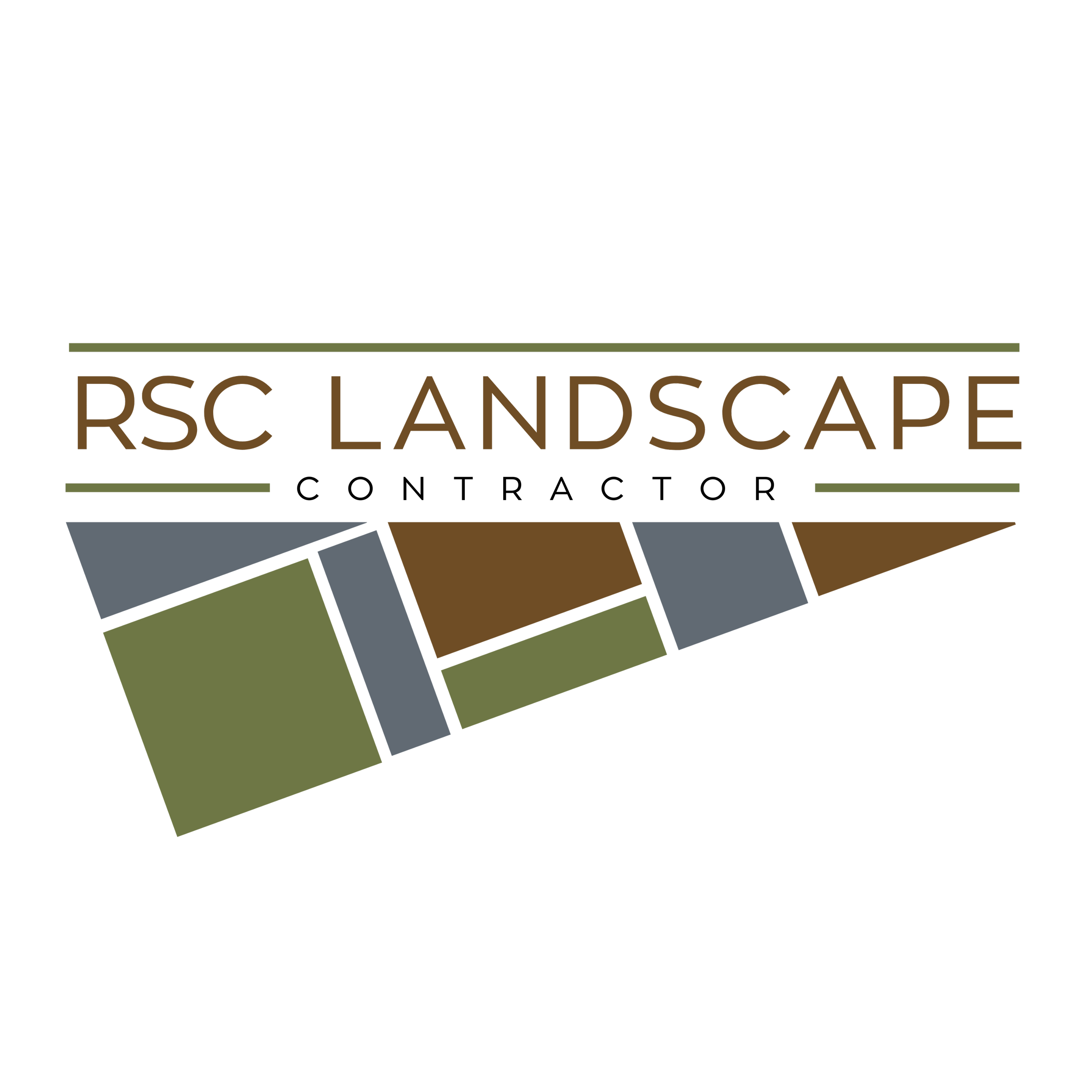Reducing Wildfire Risk in Berkeley Hills with Fire-Resistant Landscaping
Living in Berkeley Hills offers stunning views and a serene environment, but it also comes with an increased risk of wildfires. As a landscape contractor in the San Francisco Bay Area, we understand the importance of protecting homes from this ever-present danger. One of the most effective ways to safeguard your property is through fire-resistant landscaping. Here, we'll discuss key strategies and materials that can significantly reduce wildfire risk while maintaining the beauty of your garden.
What is Fire-Resistant Landscaping?
Fire-resistant landscaping involves designing and maintaining your garden in a way that reduces the chance of fire spreading to your home. This approach focuses on creating defensible space, selecting fire-resistant plants, and using non-combustible materials.
Creating Defensible Space
Defensible space is the buffer you create between a building on your property and the grass, trees, shrubs, or any wildland area that surrounds it. This space is essential for slowing or stopping the spread of wildfire and it protects your home from catching fire—either from direct flame contact or radiant heat.
Zone 1 (0-30 feet): This is the area closest to your home and should have well-irrigated, low-growing plants. Keep this area free of dead plants, grass, and weeds. Regularly prune trees and shrubs and clean your roof and gutters.
Zone 2 (30-100 feet): In this zone, plant materials should be spaced to prevent fire from jumping from plant to plant. Use less flammable vegetation and ensure that trees are properly spaced.
Choosing Fire-Resistant Plants
Certain plants have properties that make them less likely to ignite. These include:
High moisture content: Plants that retain a lot of water are naturally more fire-resistant.
Low-growing: Ground covers and other low-growing plants can help create a buffer zone.
Minimal dead material: Plants that shed less and require less maintenance are ideal.
Examples of fire-resistant plants include succulents, aloe vera, and various types of grasses and shrubs that are native to the area.
Incorporating Non-Combustible Materials
In addition to plants, the materials you use in your landscape design play a crucial role in fire resistance. Consider these options:
Stone and concrete: These are excellent for pathways, patios, and retaining walls as they are non-combustible.
Gravel: Use gravel as a ground cover in place of mulch or bark, which can catch fire.
Composite decking: This material is more fire-resistant than traditional wood decking.
Metal: Metal fencing, gates, and decorative elements can withstand high temperatures and are less likely to catch fire.
The Role of Maintenance
Regular maintenance is key to maintaining a fire-resistant landscape. This includes:
Pruning trees and shrubs
Cleaning gutters and roofs
Ensuring irrigation systems are functioning properly to keep plants hydrated
Sustainable Practices
At our company, we are committed to sustainable landscaping practices. We often reuse materials from the site to minimize waste. However, some materials, such as old railroad ties, are highly toxic and need to be disposed of properly. We partner with facilities like Altamont Waste Management to ensure these materials are processed according to environmental standards.
By integrating fire-resistant landscaping practices, you can significantly reduce the wildfire risk to your home while preserving the natural beauty of your surroundings. For residents of Berkeley Hills, this approach not only enhances safety but also contributes to the sustainability and resilience of our community.

